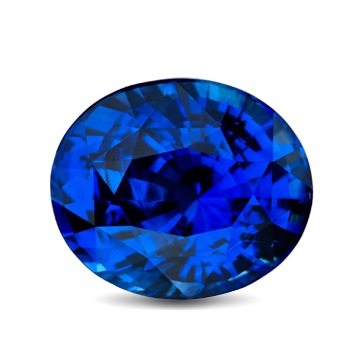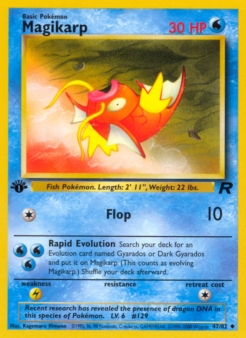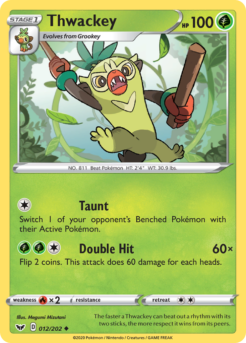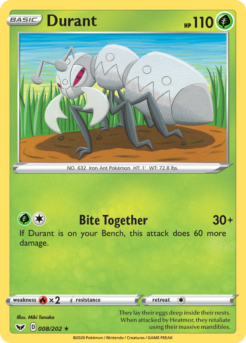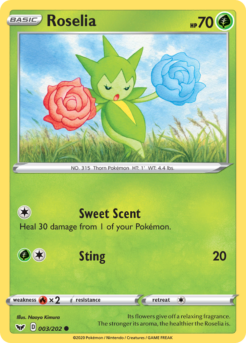Stunky
From its rear, it sprays a foul-smelling liquid at opponents. It aims for their faces, and it can hit them from over 16 feet away.
Your opponent’s Active Pokémon is now Poisoned.
| Supertype | Pokémon |
|---|---|
| Subtype | Basic |
| HP | 70 |
| Types | Darkness |
| Attack | Poison Gas |
| Attack cost | Colorless |
| Artist | Shigenori Negishi |
| Rarity | Common |
| Pokédex | 434 |
| Evolves to | Skuntank |
Vendor Information
- Store Name: DutchGem
- Vendor: DutchGem
-
Address:
gekkestraat
179
2345GT Utrecht
Furious Fists
Its slick black skin is thin and damp. A part of its internal organs can be seen through the skin as a spiral pattern.
Scarlet & Violet
A Pokémon that was feared as a forest guardian. It can read the foe's mind and take preemptive action.
Cosmic Eclipse
Burrows at high speed in search of food. The tunnels it leaves are used as homes by Diglett.
Evolving Skies
This attack does 60 damage to 1 of your opponent’s Pokémon V. (Don’t apply Weakness and Resistance for Benched Pokémon.)
Ähnliche Produkte
Sword & Shield
Discard the top card of your deck. If that card is a Fire Energy card, this attack does 90 more damage.
Sword & Shield
The faster a Thwackey can beat out a rhythm with its two sticks, the more respect it wins from its peers.
Sword & Shield
Search your deck for up to 2 Pokémon, reveal them, and put them into your hand. Then, shuffle your deck.
Sword & Shield
They lay their eggs deep inside their nests. When attacked by Heatmor, they retaliate using their massive mandibles.
Sword & Shield
While young, it has six gorgeous tails. When it grows, several new tails are sprouted.
Sword & Shield
Its flowers give off a relaxing fragrance. The stronger its aroma, the healthier the Roselia is.
Sword & Shield
Attach up to 3 Fire Energy cards from your discard pile to your Pokémon in any way you like.
Sword & Shield
Its venom sacs produce a fluid that this Pokémon then heats up with the flame in its tail. This process creates Salandit's poisonous gas.





